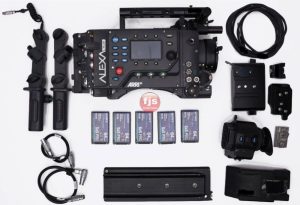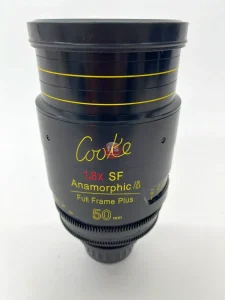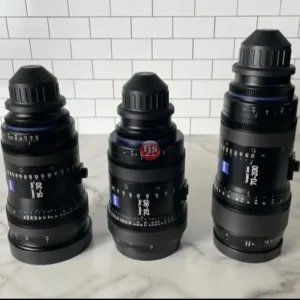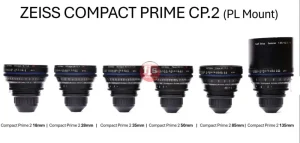Imagine standing behind the camera, crafting a scene. Your subject emerges from the shadows, their eyes glistening with emotion. With a twist of your wrist, you bring them into razor-sharp focus, guiding the audience’s gaze and amplifying the narrative beat. This is the magic of manual focus in cinema lenses – a dance of precision and artistry that sets it apart from the effortless convenience of autofocus. But which reigns supreme in the realm of cinematic storytelling? Let’s delve into the key differences and discover the power each holds:
Manual Focus: The Master of Precision
- Painterly Precision: Imagine meticulously guiding the focus puller ring, rack-focusing from a character’s tear to a distant horizon. Manual focus grants you the brushstrokes of a cinematic auteur, painting the emotional arc of the scene with pinpoint accuracy. Autofocus, while fast, may struggle to keep up with such deliberate artistry.
- Selective Storytelling: Crave that dreamy bokeh effect, where your subject stands out against a blurred background? Manual focus lets you dial in a shallow depth of field, isolating the essence of the scene and drawing the viewer deeper into the character’s world. Autofocus often prioritizes overall sharpness, limiting this creative option.
- Anticipating the Unseen: Action scenes can be a blur for autofocus systems. But with manual focus, you can predict a character’s movement and pre-focus on their path, ensuring every frame remains crisply in view. Autofocus often reacts to movement, potentially missing the initial impact of the action.
Autofocus: The Speed Demon of Convenience
- Run-and-Gun Hero: Fast-paced shots, unpredictable events – autofocus shines in these scenarios. It quickly snaps to the subject, allowing you to capture fleeting moments without missing a beat. Manual focus, while precise, requires deliberate adjustments, which might not always be feasible in dynamic situations.
- One-Man-Show Efficiency: Operating solo? Autofocus can be your trusty sidekick. It frees you from the focus puller role, enabling you to concentrate on framing, lighting, and directing, streamlining your workflow for smaller productions or solo gigs. Manual focus, while empowering, requires an additional crew member for optimal results.
- Low-Light Ally: In dimly lit environments, autofocus can sometimes struggle to find its footing. However, newer autofocus systems in cinema lenses are becoming increasingly adept at handling low-light situations, offering valuable assistance in challenging lighting conditions.
Finding Your Focus: The Verdict
Manual focus and autofocus aren’t rivals, but rather complementary tools in the filmmaker’s arsenal. The choice ultimately depends on your creative vision, shooting style, and workflow. Here’s a quick guide:
- Manual Focus: Embrace it if you seek deliberate control, a cinematic look, and collaborative filmmaking. Master its nuances and unlock the artistic freedom it offers.
- Autofocus: Lean on it for fast-paced shooting, solo operation, and situations where convenience reigns supreme. Let it be your ally in capturing fleeting moments and streamlining your workflow.
Remember, the lens is just one facet of the storytelling diamond. Combine manual and autofocus effectively, and you’ll wield a powerful toolset to translate your vision with precision and artistry, elevating your cinematic storytelling to new heights.
Q&A:
- Can I use autofocus for professional filmmaking? Absolutely! Many professional filmmakers utilize autofocus, especially for specific shots or run-and-gun scenarios. However, manual focus remains the gold standard for precise control and a consistently cinematic look.
- Are cinema lenses with autofocus any good? Yes! Recent advancements in autofocus technology have resulted in incredibly capable autofocus systems in cinema lenses. They offer the best of both worlds – cinematic quality with the convenience of autofocus.
- I’m a beginner, which should I learn first? Mastering manual focus will give you a deeper understanding of focus control and its impact on your storytelling. Once comfortable, explore autofocus as a convenient tool for specific situations.







